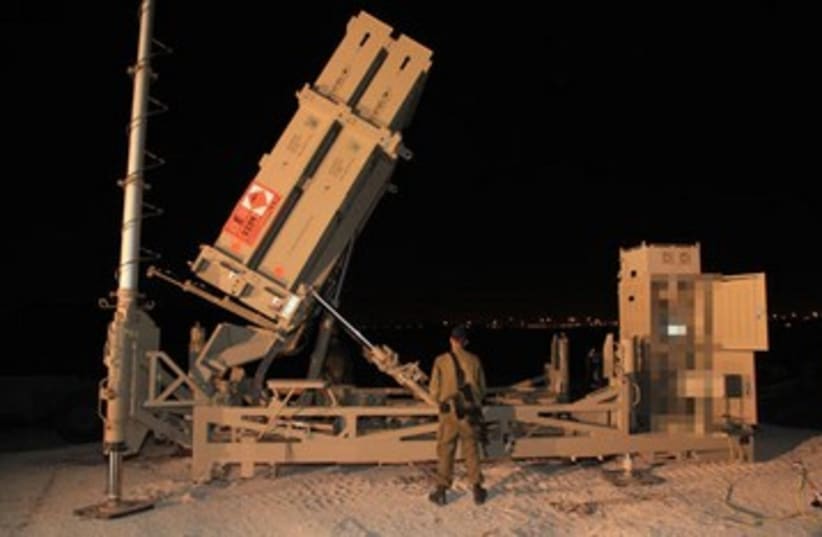'Israel's missile-defense system could crumble at the moment of truth'
Dr. Nathan Faber, an expert on anti-ballistic-missile defense, questions the efficacy of Israel's tiered-defense concept in an all-out war on several fronts, citing financial and operational reasons.
